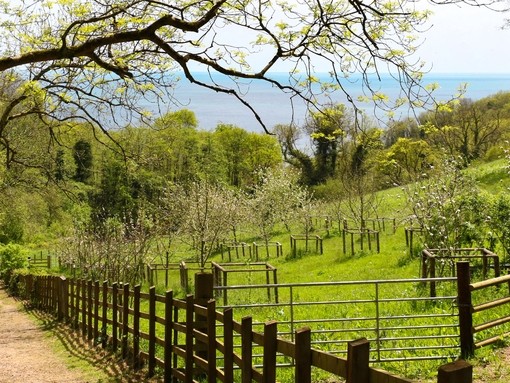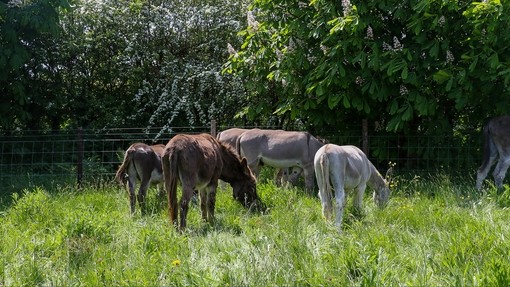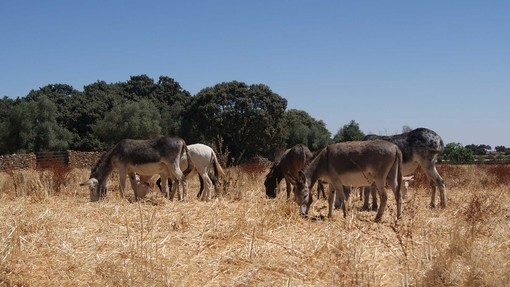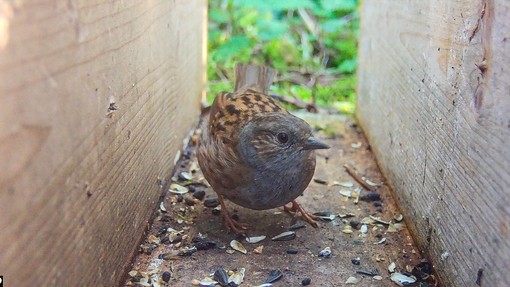
Our sanctuary for bees
These ‘bee hotels’ provide a safe place for a whole host of animals to nest in and is another example of how our conservation team and their volunteers are supporting wildlife across the sanctuary.
Simple habitat improvements like these are hugely important, not only for the thriving plants and animals but also for our resident donkeys, who benefit from the enriched environment.
The structures have been constructed from lengths of plant stems, such as hogweed, nettle, thistle, bramble and bamboo, which are held in shape by recycled pallet wood.
In addition to the wooden structures, handmade cob bricks have also been moulded using clay, sand and chopped up straw. Small holes, to mimic the cracks and holes in walls bees would naturally search for, were added to the rustic bricks to provide the perfect home for solitary bees, who use cob walls for making their nests. The bee species most likely to use the hotels are the aerial nesters, as opposed to those make their nests in the ground.
Marianne Steele, CEO of The Donkey Sanctuary added: “Pollinators are such a crucial part of the natural world around us, and this is a wonderful example of our conservation team and their volunteers working closely together to support the smaller inhabitants of the sanctuary.”
In Britain, there are 24 species of bumblebee, one honeybee, and around 250 species of solitary bees. Bumblebees and honeybees are social species living in large colonies together, whereas the solitary bees nest alone – although you may see large aggregations of solitary bees nesting closely together.
During wildlife surveys at the sanctuary, the conservation team and their volunteers have recorded several solitary bee species including ashy, early, tawny, communal and chocolate mining bees, hairy-footed flower bee and red mason bee.
The species most likely to use the hotels will depend on the surrounding habitats and nearby flower species. Some species of pollinators rely on particular pollen sources, although many are not so specific. Oxeye daisy and fleabane, among many others, are great for bees, while the leaves of honeysuckle and roses are popular with leafcutter bees.
Solitary bees are superb pollinators. Unlike bumblebees and honeybees, they don’t have pollen baskets on their hind legs, but instead pick up pollen grains on the hairs on their legs and undersides of their bodies. As the grains are loose and not compacted, they sprinkle very easily upon the other flowers they visit.
The bee hotels have been placed in various south-facing sunny locations around the sanctuary, including the Field of Dreams in the Weston Valley. This location is ideal for bees as there are species-rich grasslands surrounding it, providing a wealth of pollen and nectar sources.
Alongside creating nesting boxes for birds, it is important to provide safe nesting sites for other wildlife and pollinators such as solitary bees and solitary wasps, while other animals, including ladybirds and butterflies, may also use the boxes for hibernation.
Share this page
Tags
- Blog








